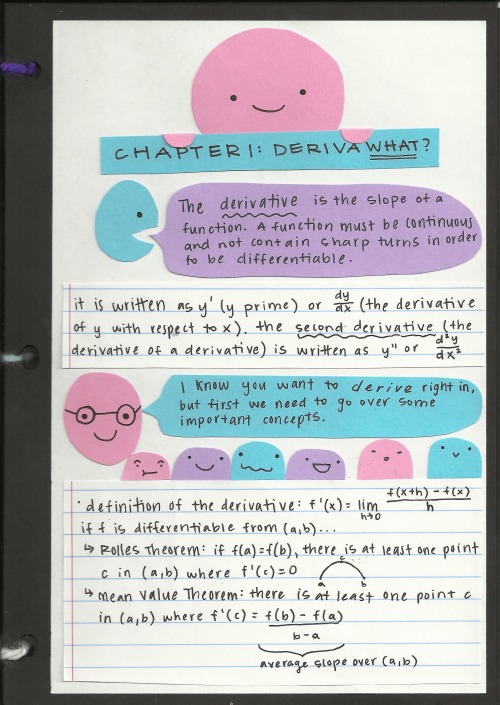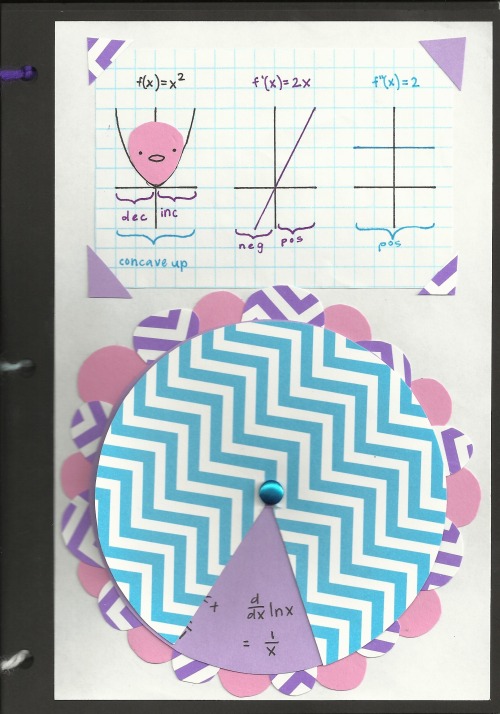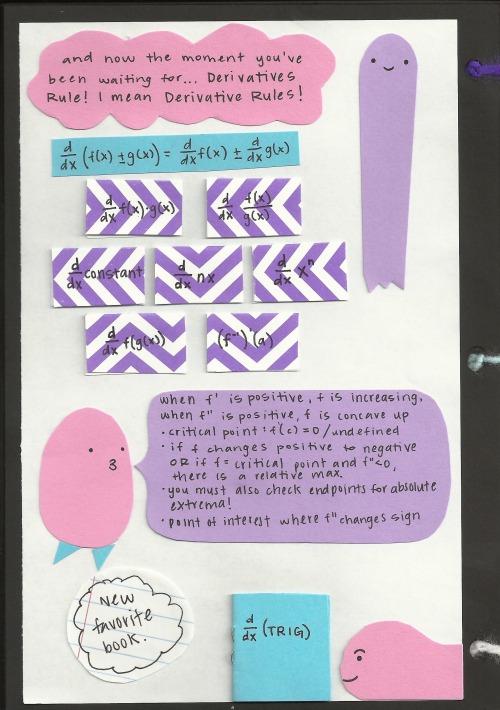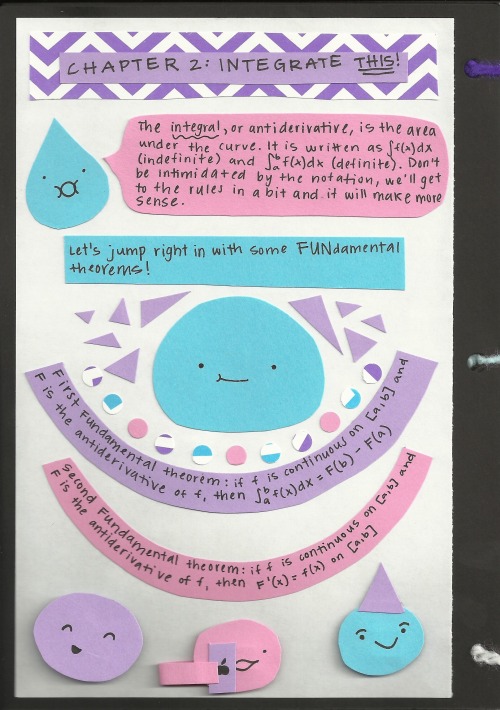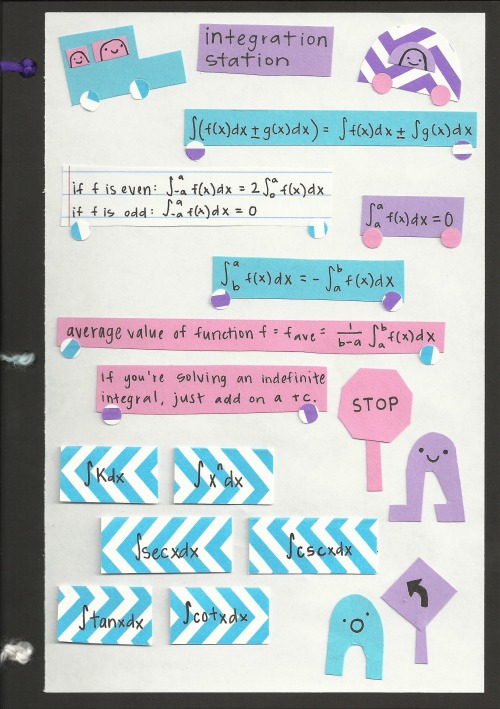04:10 PM // Hello! I Made These Mind Maps A Few Days Ago. I’m Really Proud Of Them Considering I Never




04:10 PM // Hello! I made these mind maps a few days ago. I’m really proud of them considering I never made one before.
More Posts from Marathon-notasprint and Others
Medical Textbooks (PDF versions)
Hi Everyone!!
I was asked by @dankamphetamemes to share my holy grail textbooks and I did, but I thought I’d do you guys one better. I recommended that you should check them out in PDF versions before you buy them because honestly they’ll burn a hole through your pocket - so I gathered all the books I use and a couple of others for you to check out!!
Heres a list of books you’ll find in my google drive:
- Robbins and Cotran’s Pathological Basis of Disease
- BRS Pathology
- Lippincott’s Biochemistry
- Lippincott’s Pharmacology
- Physiology by Linda Costanzo
- BRS Physiology
- Moore’s Clinically Oriented Anatomy
- Gray’s Anatomy Flashcards
- Unfortunately I couldn’t find a PDF version of Medical Microbiology by David Greenwood - Ill keep looking and upload it when I find it
Extra books/flashcards:
- Guyton and Hall Textbook of Physiology
- Clinical Microbiology made ridiculously simple
- Netters Anatomy Flashcards
- Snells Clinical anatomy by regions
If you happen to face any trouble downloading them or accessing them shoot me a message and let me know
Here’s the link - enjoy!!
https://drive.google.com/folderview?id=0ByVv1ccrvWveUGVuZFRCQWp3MDQ&usp=sharing

A lot of people are turning to using tablets or laptops to take their notes, for reasons that I won’t go into in this post. But, while there are lots of posts about taking handwritten notes, there don’t seem to be very many about taking notes using a laptop/tablet (I’ll refer to as digital notes from now on).
Set up folders for each topic. Create these folders before lectures/class and save your notes into the correct ones. It will keep all of your notes organised and easy to find. You might want to have different folders for lecture and reading notes. Develop a system which is intuitive for you.
Know the program. Choose which program you’re going to use to take your notes. There are lots of options available, including Microsoft Office. If you can’t afford Office, then you can look into (illegal) free downloads of it. If you have Office, you could also use Onenote. Alternatives include free programmes like Evernote which allow you to access your notes from anywhere on any device.
Get a template (M Office only). On Microsoft word, you can download different templates. See if there is a template that you can use for taking your notes. Alternatively, you can create your own template by adjusting the margins, font, size, etc. and saving your preferences. If you don’t want to use a template, you can just use the default settings.
Name the notes. Make sure that you name the notes so that you know what’s inside. On Microsoft word, when saving documents you can add tags. Then you can search these tags for any documents with that specific tag. I’ve found this to be a really useful organisational tool.
Do you need anything to take your notes? If you’re using a tablet, you can buy Bluetooth keyboards which will connect and can be quicker than typing on the screen. You can also buy a stylus which will let you write like you would with a normal pen; some devices also have the option to convert your handwriting to typed notes.
Get to know your keyboard. If you’re using a keyboard, then I suggest looking at this website which will teach you how to touch type.
Become familiar with keyboard shortcuts. Especially for things like bold, italicise, underline, highlight.
Downloads. If the teacher/lecturer puts up any material for the lecture download it. These are typically powerpoint slides. When I take notes next year, I will download these and split screen between word and powerpoint. Then I’ll be able to copy and paste material and diagrams straight from the actual powerpoint, speeding up my process.
Back up. Please, back up your notes on google docs. If your computer crashes you will have a backup of your notes that will be essential to studying! Again, for the people in the back, back up your notes!
Creating your notes. Use the technology to your advantage.
Use bold/highlight/italic. Make your heading and subheadings stand out from the rest of your text.
Use bullet points.
You can even make sub bullet points (like this) using the tab key to follow your line of thought/reason.
Highlight the important things; you could even use different colours for different things. E.g. yellow for important dates, blue for important quotes.
Develop an annotation style. For example, sometimes you might fall behind a bit, and miss a detail. When this happens to me I insert a series of dots into my notes, like this (……..) and I know that means I missed something so I can return to the recordings to find out what I missed. You could use question marks (?) to indicate something that confuses you that you need to do more reading on. There are lots of different symbols so you can develop your own system.
This also works with words. If you have certain words which you’re typing a lot then you can make them shorter and easier to type. For example, the word “participants” comes up a lot in my course, but I use “ps” because it’s shorter and quicker to type.




hello everyone!! i am so thankful for your support and for making the studyblr community the amazing place that it is - i honestly still can’t believe that i have 10k+ followers in only 6 months from starting this blog in june, and i want to show my appreciation for all of you!
rules to enter:
must be following me!
reblog once to enter
you can enter more than once if you want!!
you can like this post to bookmark, but it is not an entry
prizes:
there will be one winner chosen randomly!
5 lined a5 notebooks
gridded, hole-punched notebook (to put in folders/binders!)
black b5 gridded notebook
black b5 lined spiral notebook
2 month daily schedule/planner (pictured; not from muji but it’s really nice so i decided to throw it in!)
7 gel ink pens (0.38)
black ruler
mechanical pencil
yellow push button highlighter
black eraser
checklist notepad
other info:
i will be shipping internationally!
please be over 18 or have parental permission
and be comfortable with giving me your address!
winner must have an open ask box + respond within 48 hours of my message, or i will pick a new winner
let me know in the tags if reblogging from a sideblog!
no giveaway blogs please
please do not delete this text!!
+ my ask box if you have any other questions :^)
ends on: january 18th, 2016 (8am EST)
good luck and thank you so much everyone!!
xuanlin
Organising a Notebook:
I was looking at methods of keeping notebooks organised and I came across a really interesting blog post (source) that I want to share with you all. All of the pictures in this post come directly from the original blog post.
Make your entry into your notebook. In the example photographs, they have recorded a Chinese recipe.

Go to the back of the notebook and add a tag or title, e.g. “Chinese” on the left edge of the page.

Go back to the first page where the entry was, and on the same line number as you wrote “Chinese” make a black mark on the edge. You make this mark so that even when the notebook is closed, the mark is visible. After repeating this for various recipes, you now have various tags visible on the notebooks edge.

If you ever wanted to find a Chinese recipe, you simply look at the index, locate the label, and look along the visible edge which has been tagged as Chinese. Then just flick to each marked page.

You’re not limited to one tag per page. You could tag a page 2 or 3 times. So if you jot down a chicken stir fry you could tag it as “Chicken” and “Chinese”.
Some Good Study Playlists
Here are some study playlists I think are really motivating and keep you working. I personally love listening to study playlists while studying this keeps me really motivating and i don´t even see the time pass by. Hope i could help you (:
-Eat.Sleep.Study.Repeat
-Studdy Buddy
-Survival kit to finals
-Study Mix I
-Concentration
-Concentration part 2
-Concentration part 3
-Study with Accompaniment II. III.
-Instrumental Mega Mix
and
-Rainy Mood
![[02.01.18] Hi Everyone! I Have Received A Lot Of Feedback On My One Page Note Summaries. I Had Always](https://64.media.tumblr.com/955176043532f7b0c944fe4d4c003327/tumblr_p3hy2v3oPy1qc17q4o1_500.jpg)
![[02.01.18] Hi Everyone! I Have Received A Lot Of Feedback On My One Page Note Summaries. I Had Always](https://64.media.tumblr.com/0aa1d95caf337fa4dd468a38c9f06934/tumblr_p3hy2v3oPy1qc17q4o2_500.jpg)
[02.01.18] Hi everyone! I have received a lot of feedback on my one page note summaries. I had always planned on sharing some of them with you all in PDF format but never had the time to. So here are some of my favorites and most requested! :D
Amino Acids
Cross-Bridge Cycle
Hypothalamic-Pituitary Axis
Mitochondria & Electron Transport Chain
The Digestive System Overview
The Kidney Overview
The Periodic Table & Trends
Viruses
-
 verdepastito reblogged this · 3 years ago
verdepastito reblogged this · 3 years ago -
 anners-blog liked this · 5 years ago
anners-blog liked this · 5 years ago -
 crybabyybella liked this · 5 years ago
crybabyybella liked this · 5 years ago -
 kenymero liked this · 5 years ago
kenymero liked this · 5 years ago -
 7herry liked this · 5 years ago
7herry liked this · 5 years ago -
 lifezest reblogged this · 6 years ago
lifezest reblogged this · 6 years ago -
 vilder-darks9 liked this · 6 years ago
vilder-darks9 liked this · 6 years ago -
 wonderlandofalpacas liked this · 6 years ago
wonderlandofalpacas liked this · 6 years ago -
 insisive liked this · 6 years ago
insisive liked this · 6 years ago -
 hypervy7 liked this · 6 years ago
hypervy7 liked this · 6 years ago -
 nananananacatmen-blog liked this · 7 years ago
nananananacatmen-blog liked this · 7 years ago -
 velarostudies reblogged this · 7 years ago
velarostudies reblogged this · 7 years ago -
 roseypinkskies-blog liked this · 7 years ago
roseypinkskies-blog liked this · 7 years ago -
 natali-bs-blog liked this · 7 years ago
natali-bs-blog liked this · 7 years ago -
 hello-study-po liked this · 7 years ago
hello-study-po liked this · 7 years ago -
 multilinguals liked this · 7 years ago
multilinguals liked this · 7 years ago -
 tampongrease liked this · 7 years ago
tampongrease liked this · 7 years ago -
 candycanesandcandleflames liked this · 7 years ago
candycanesandcandleflames liked this · 7 years ago -
 deafeningstudents3414 liked this · 7 years ago
deafeningstudents3414 liked this · 7 years ago -
 pricklyest liked this · 7 years ago
pricklyest liked this · 7 years ago -
 sosharunyasworld liked this · 7 years ago
sosharunyasworld liked this · 7 years ago -
 hahabugg-blog reblogged this · 7 years ago
hahabugg-blog reblogged this · 7 years ago -
 nerdinaomi reblogged this · 7 years ago
nerdinaomi reblogged this · 7 years ago -
 nerdinaomi liked this · 7 years ago
nerdinaomi liked this · 7 years ago -
 highlighterhaven reblogged this · 7 years ago
highlighterhaven reblogged this · 7 years ago -
 emyyystudies reblogged this · 7 years ago
emyyystudies reblogged this · 7 years ago -
 afterthethrone liked this · 7 years ago
afterthethrone liked this · 7 years ago -
 anas-studyblr reblogged this · 7 years ago
anas-studyblr reblogged this · 7 years ago -
 grandmascottlang reblogged this · 7 years ago
grandmascottlang reblogged this · 7 years ago -
 emstudies reblogged this · 7 years ago
emstudies reblogged this · 7 years ago -
 ravenclawstatus reblogged this · 7 years ago
ravenclawstatus reblogged this · 7 years ago -
 unstablecloud liked this · 7 years ago
unstablecloud liked this · 7 years ago -
 listenas-she-whispers reblogged this · 7 years ago
listenas-she-whispers reblogged this · 7 years ago -
 x-x-y-x liked this · 7 years ago
x-x-y-x liked this · 7 years ago -
 memoirs-of-a-future-lawyer reblogged this · 7 years ago
memoirs-of-a-future-lawyer reblogged this · 7 years ago -
 mesimarti-blog liked this · 7 years ago
mesimarti-blog liked this · 7 years ago -
 sultan-of-souls liked this · 7 years ago
sultan-of-souls liked this · 7 years ago -
 lovingfacesoul liked this · 7 years ago
lovingfacesoul liked this · 7 years ago -
 the-prudent-student-blog reblogged this · 7 years ago
the-prudent-student-blog reblogged this · 7 years ago





